Humans have been making maps for thousands of years. Nearly every ancient civilization created its own version of a map to try to better understand the world around them.
But who actually made the world’s first map? Let’s find out.
The World’s Oldest Map
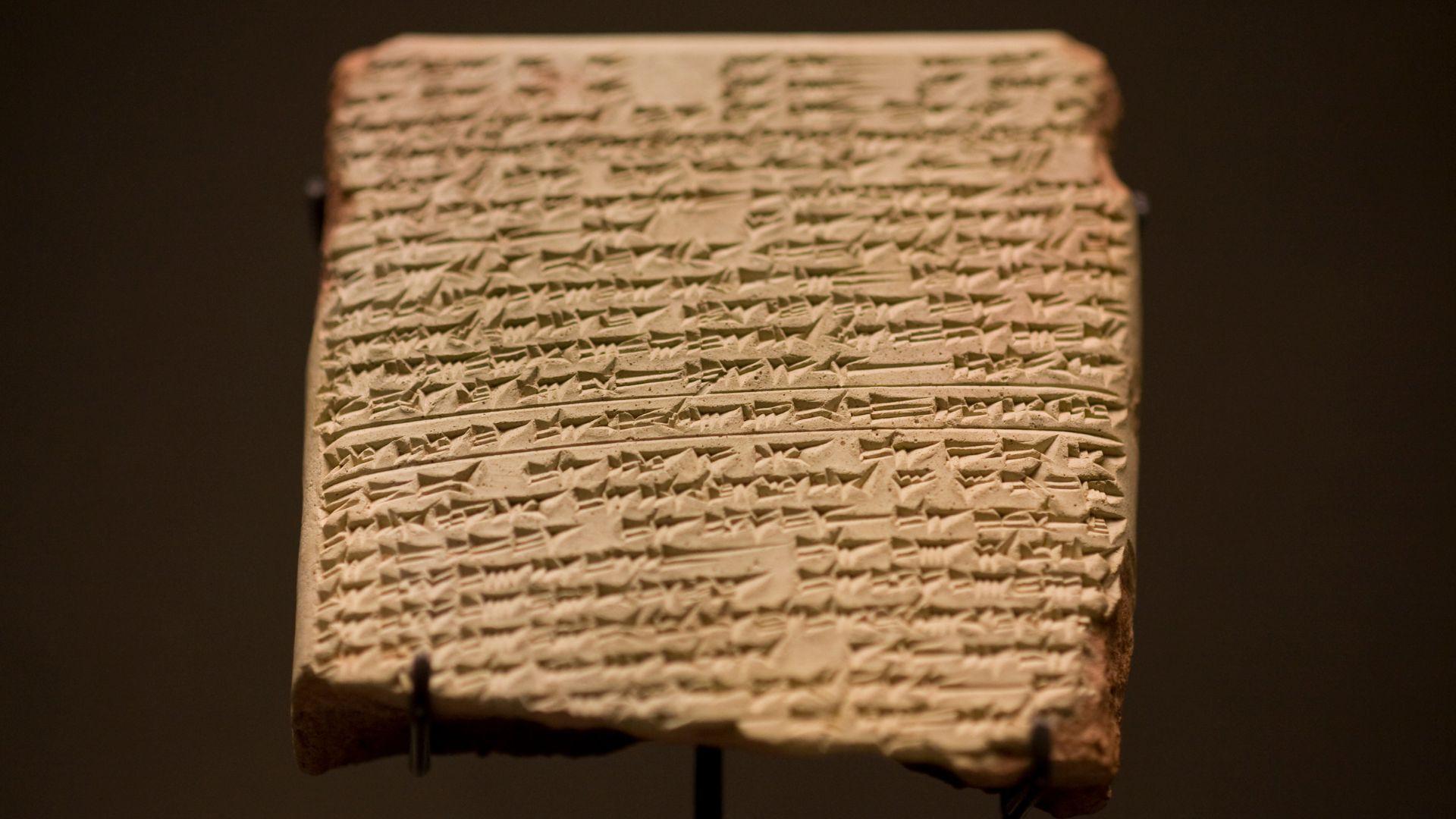
The world’s oldest map was made by the Babylonians on a clay tablet. The Babylonian World Map, also called Imago Mundi, dates back to the 6th century BCE.
The map features a central circular area representing Babylon, surrounded by other regions and features, such as the Euphrates River and nearby cities.
The Discovery of the Babylonian Map

The Babylonian World Map was discovered in Sippar, an ancient city located near the Euphrates River in modern-day Iraq.
Unearthed during archaeological excavations in the late 19th century, the tablet was found among other artifacts that highlighted Babylon’s rich history.
How Old is the Map?

The clay tablet is believed to have been created around the 6th century BCE, during the reign of the Neo-Babylonian Empire.
Scholars have determined its age through a combination of radiocarbon dating and historical context. The map’s age, over 2,600 years, makes it the oldest surviving map of the world.
What Does The World’s Oldest Map Look Like?
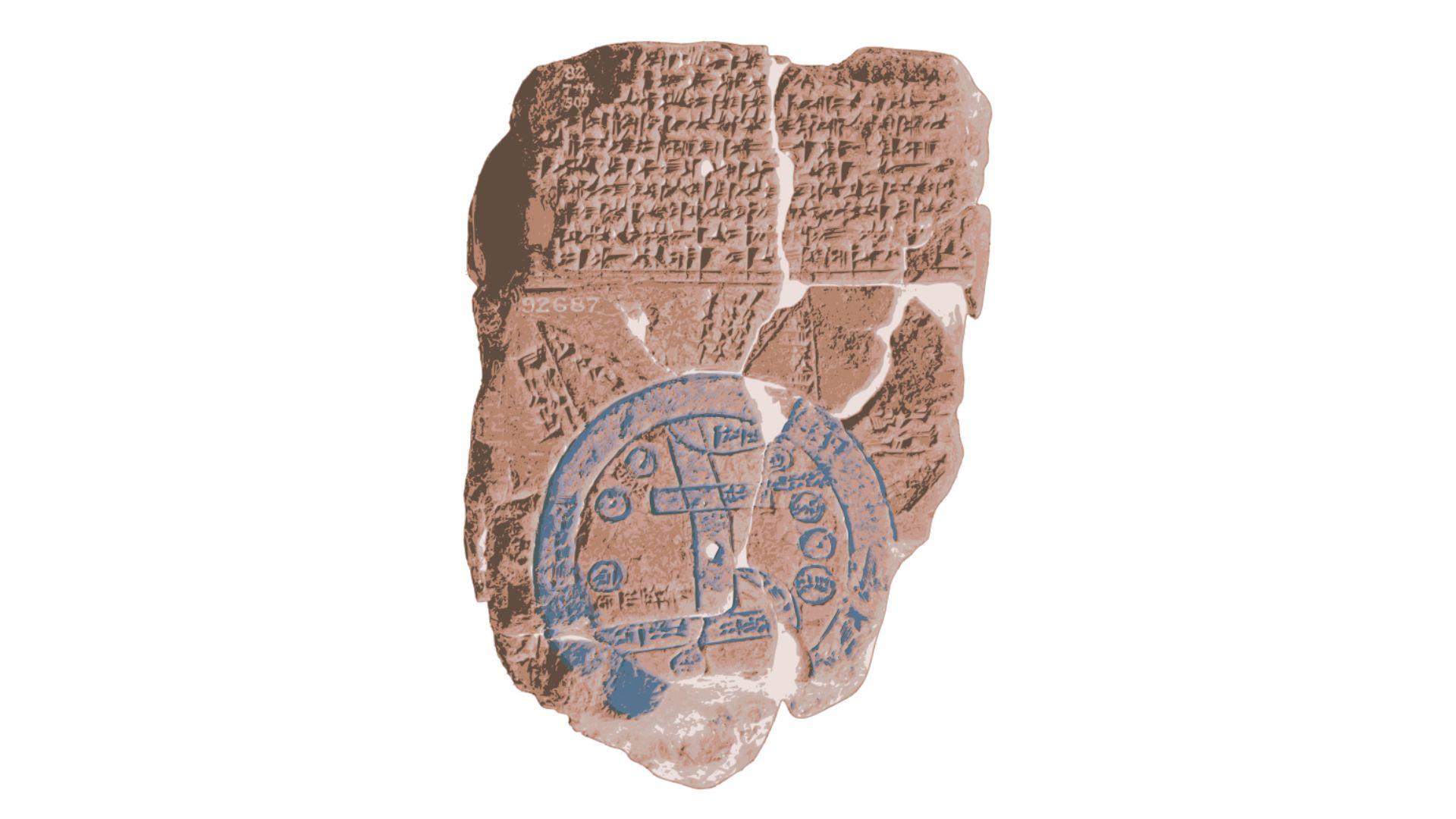
The clay tablet measures about 5 inches by 3 inches, and it is inscribed with cuneiform text alongside a schematic map.
The tablet’s condition, although weathered, still allows for detailed study and interpretation. Despite its small size, the tablet offers a wealth of information about the Babylonians’ understanding of their world.
What the Map Depicts
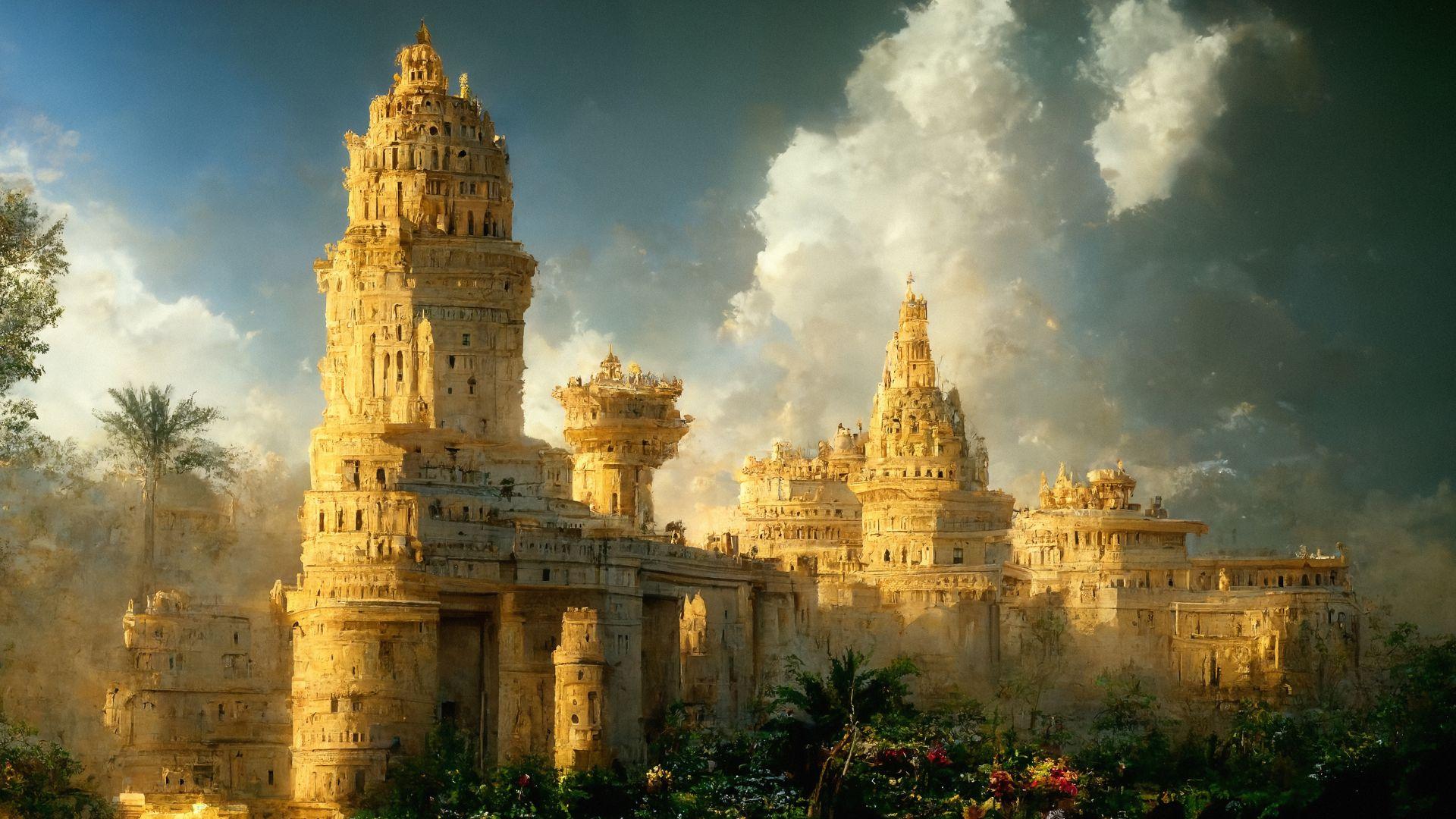
The Babylonian World Map presents a simplified view of the world as understood by the Babylonians. At the center is Babylon; the hub of civilization. Surrounding Babylon are various other cities and regions, including Assyria and Urartu. In modern-day terms, the map shows ancient Iraq, Syria, and Armenia.
The map also shows the Euphrates River, which was crucial to Babylonian life. Encircling the known world is a vast ocean labeled as the “Bitter River,” representing the boundary of the earth.
Babylon: The Center of the World
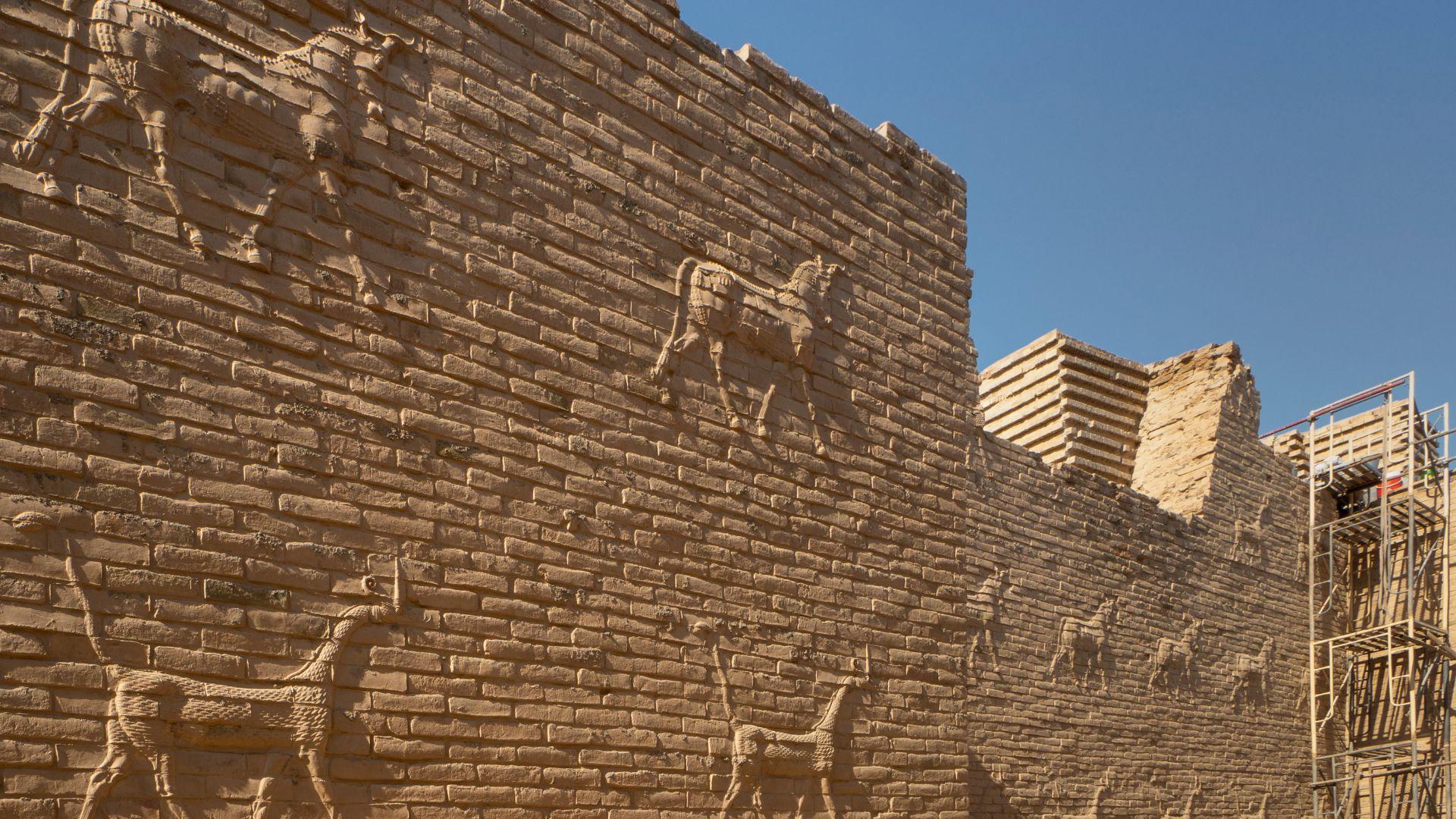
For the Babylonians, Babylon was not just a city; it was the center of the universe. This belief is evident in the map, where Babylon occupies the central position.
The city’s prominence on the map highlights its significance as a political, religious, and cultural hub in the ancient world.
How Babylonians Saw The World
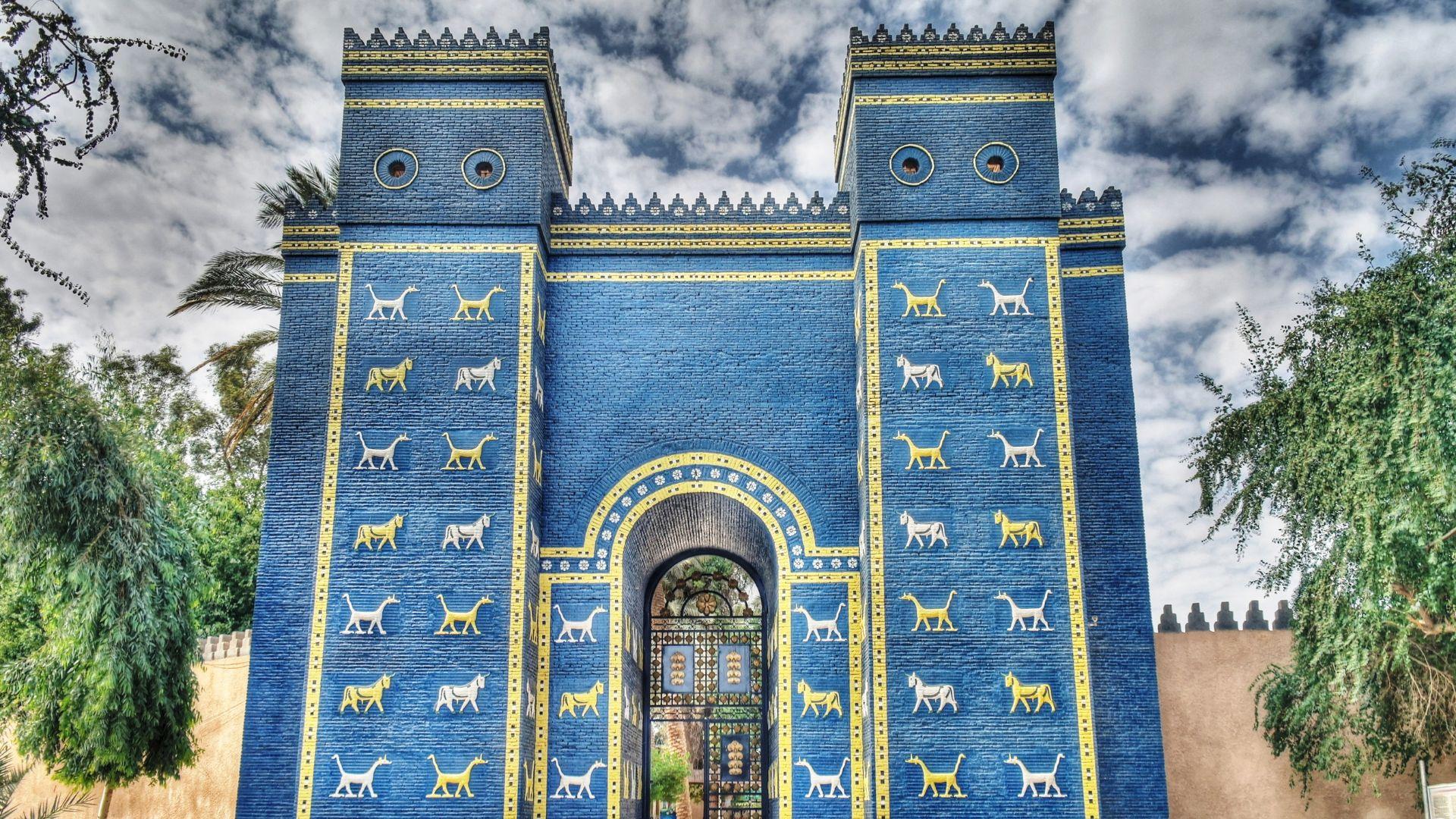
The Babylonians believed the world was a flat disk, surrounded by water. This belief is depicted in the map, where the circular landmass is enclosed by the “Bitter River.”
The Babylonians’ geographical understanding was limited to the regions they had contact with, namely Mesopotamia and neighboring areas. However, their map reflects their broader cosmological beliefs, where the known world was just a small part of a much larger and mysterious universe.
The Symbolism of the Map
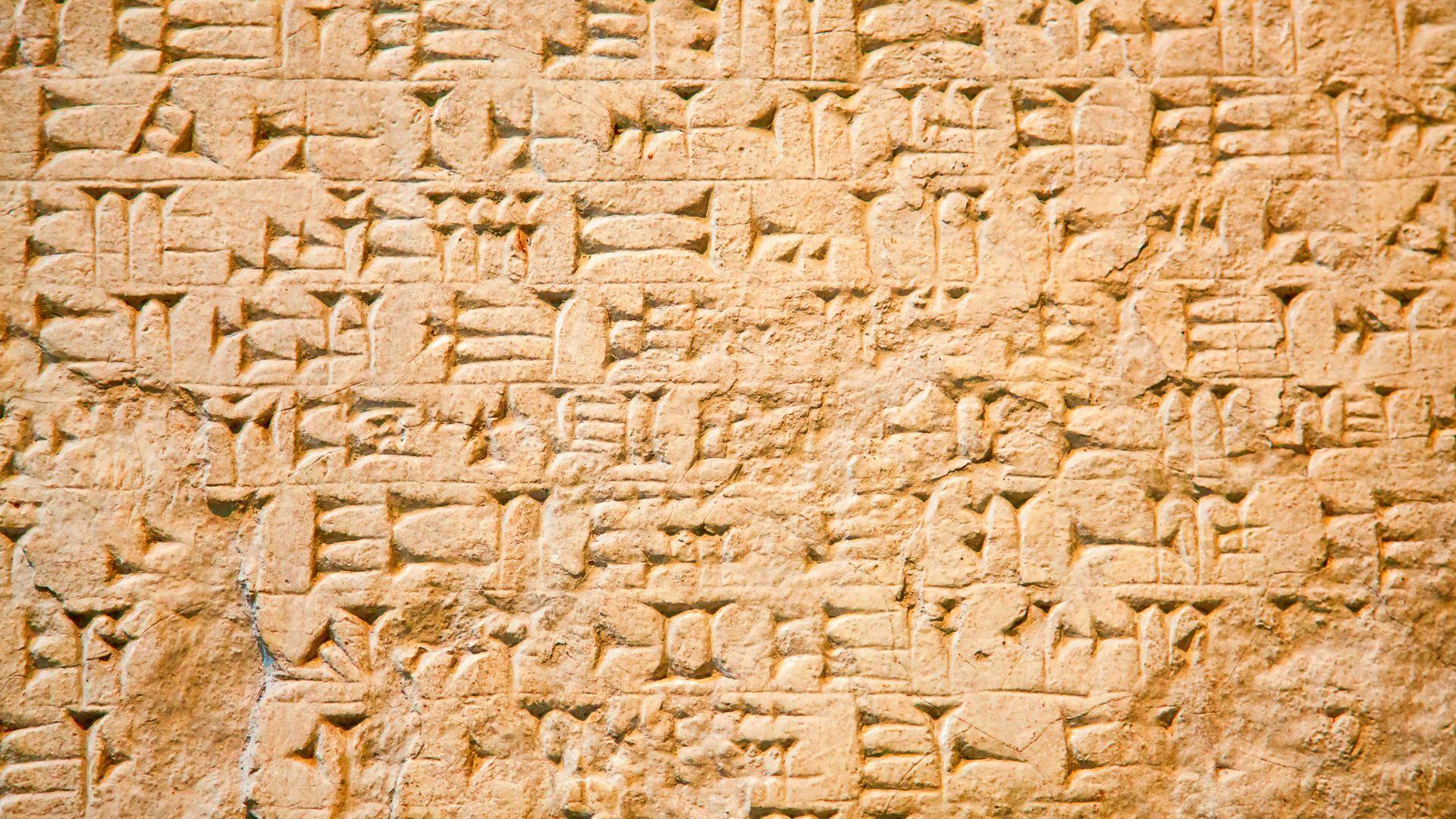
While the map has geographical elements, it also carries symbolic meanings. The representation of Babylon at the center signifies the city’s divine and political power. The map may have been used for religious or ceremonial purposes.
On the map, Babylon is surrounded by real and mythological creatures. Babylon is at the center, surrounded nearby Assyria and Elam. All of these places are surrounded by a “Salt Sea” that forms a ring around the cities.
The Tablet’s Ancient Writing
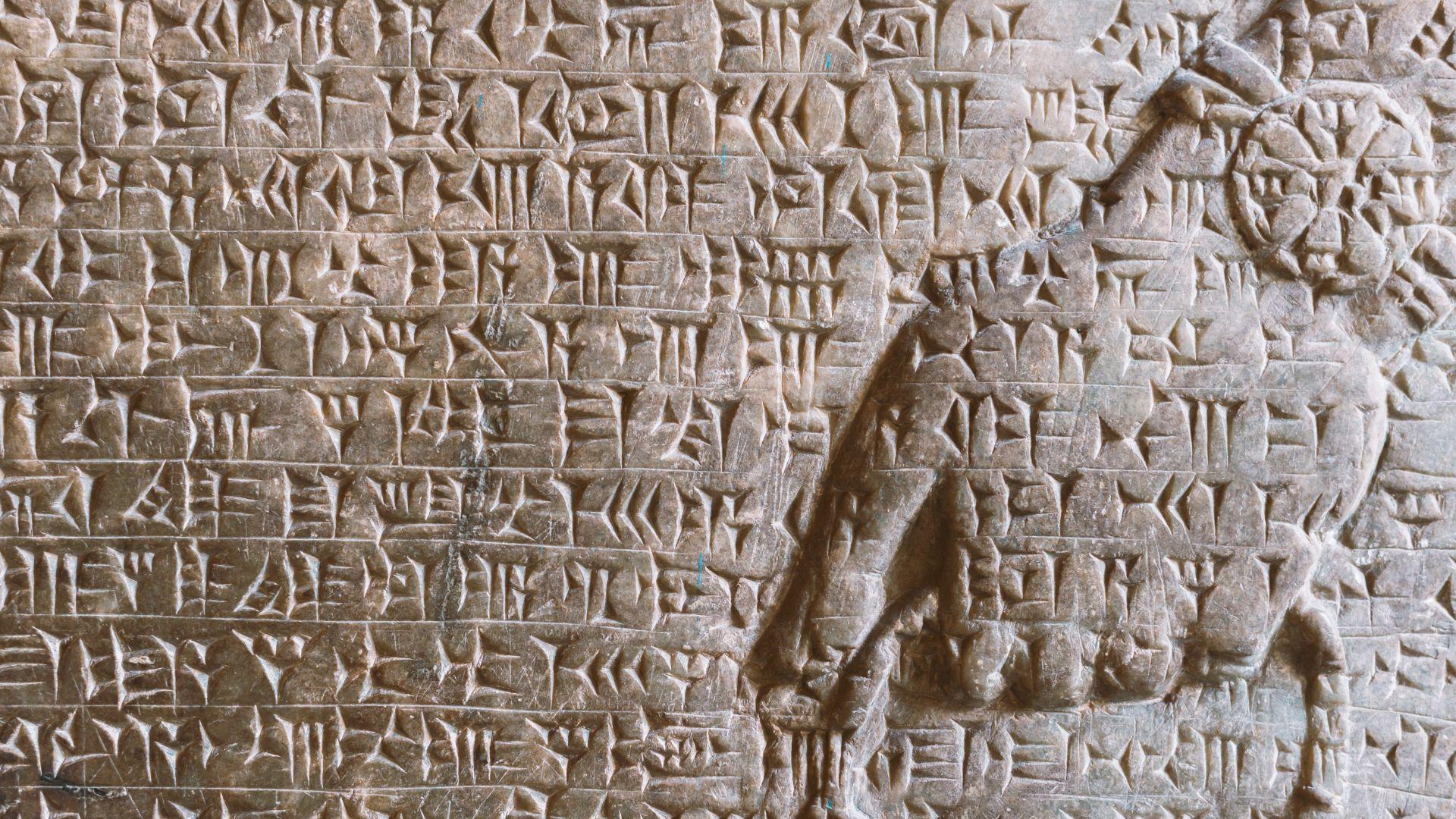
Non-scholars may have a difficult time reading this map. That’s because it is written in cuneiform, one of the earliest forms of writing. It was developed by the Sumerians and later adopted by the Babylonians.
Written in cuneiform, the inscription on the bottom of the map tells of a place “where the Sun is not seen.” It also tells of monsters, ancient kings, and Babylonian mythology.
Interpretations of the Map
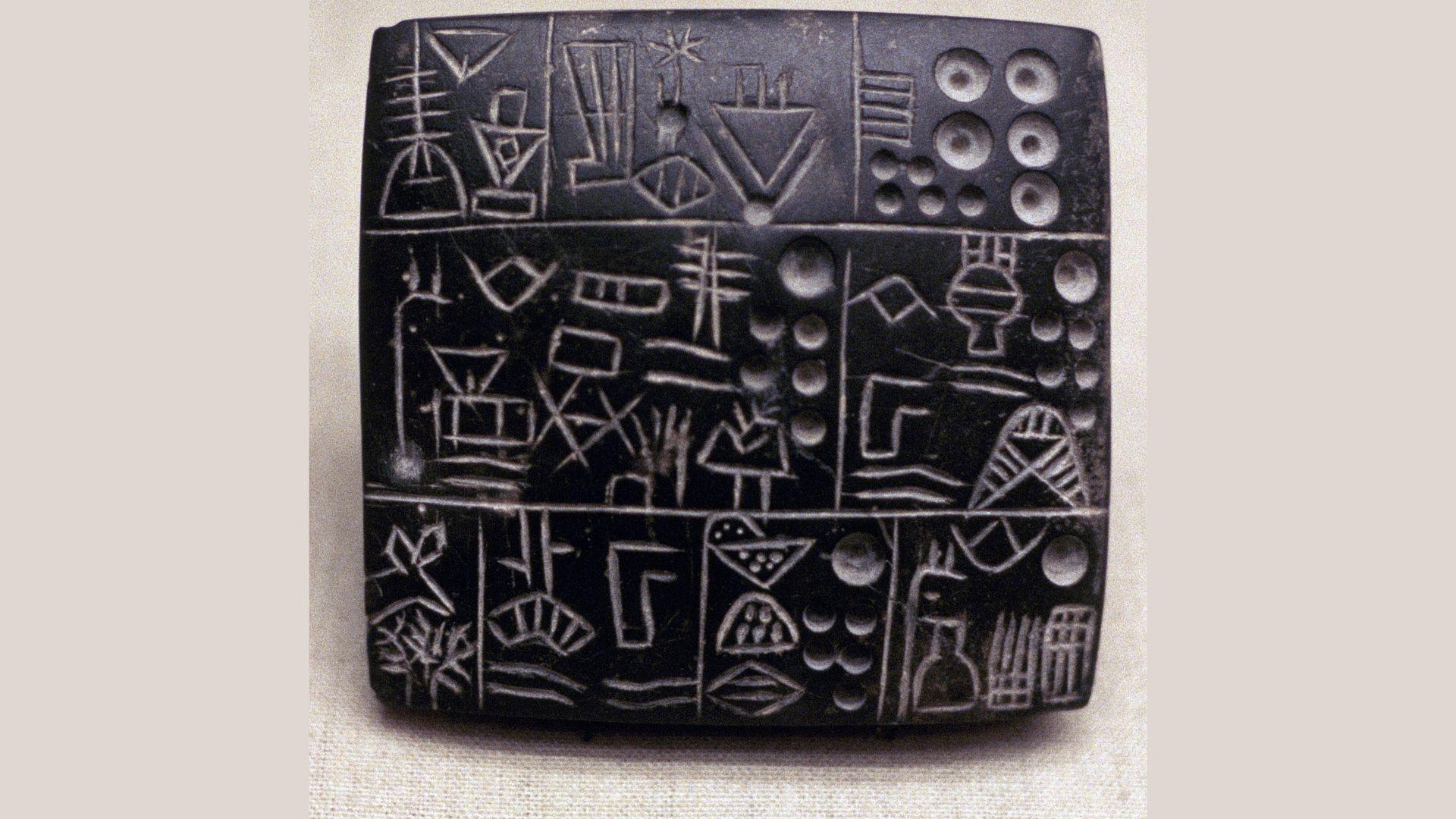
Over the years, scholars have offered various interpretations of the Babylonian World Map. Rather than a practical tool, it was likely a mythological depiction of the world.
The map’s inscription references monsters and mythical creatures; a great sea serpent, a winged horse, a bull-man, and a scorpion-man. Real animals like deer, gazelle, monkeys, and wolves are referred to as well.
See it For Yourself
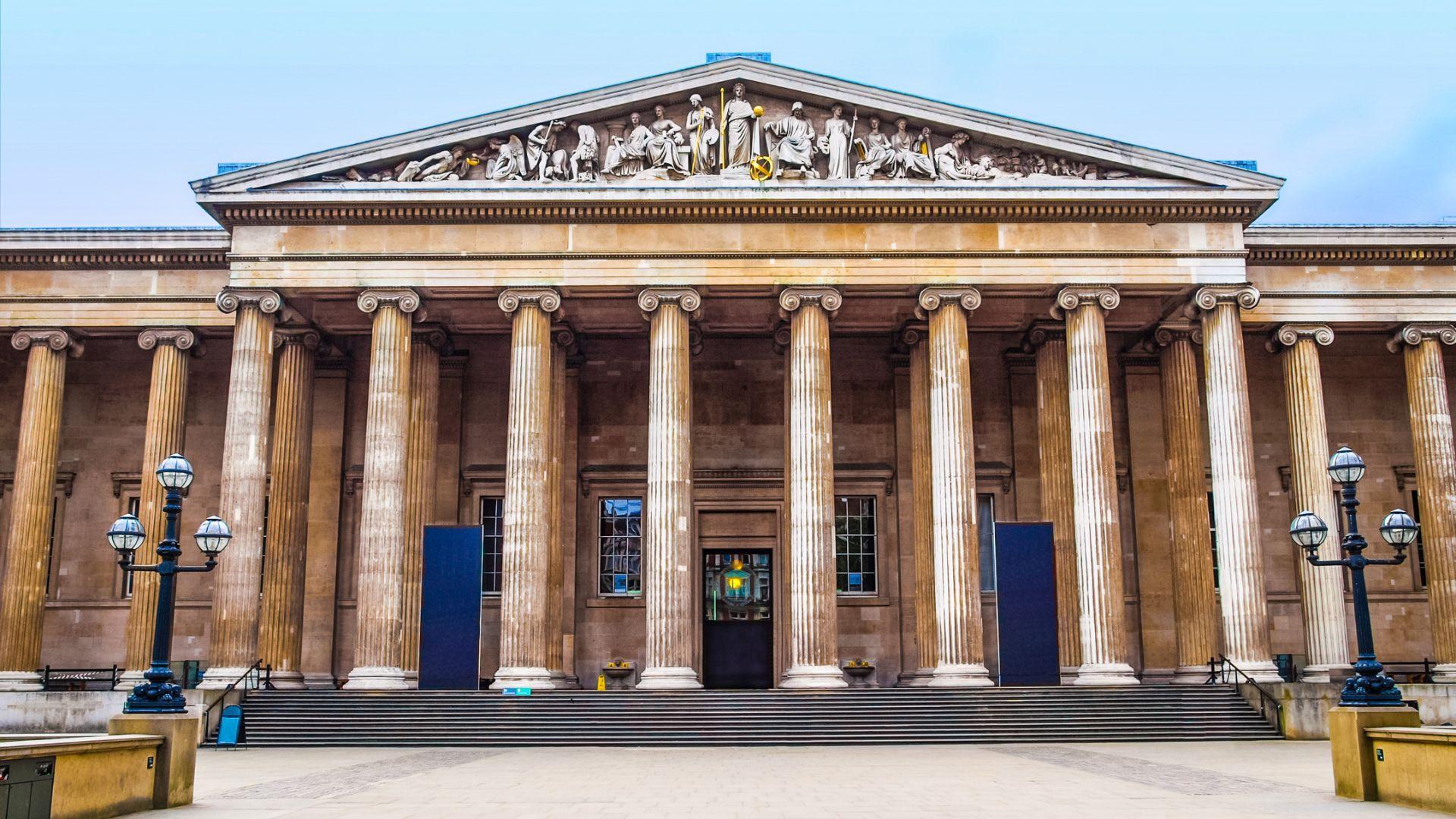
Anyone wanting to see the world’s oldest map for themselves can head to London and visit the British Museum, where the map is on display.
It may take a lot of wandering to find a small tablet in one of the largest museums in the world. Head to Room 55 in the Middle Eastern Gallery; you’ll find it inside a glass cabinet.

